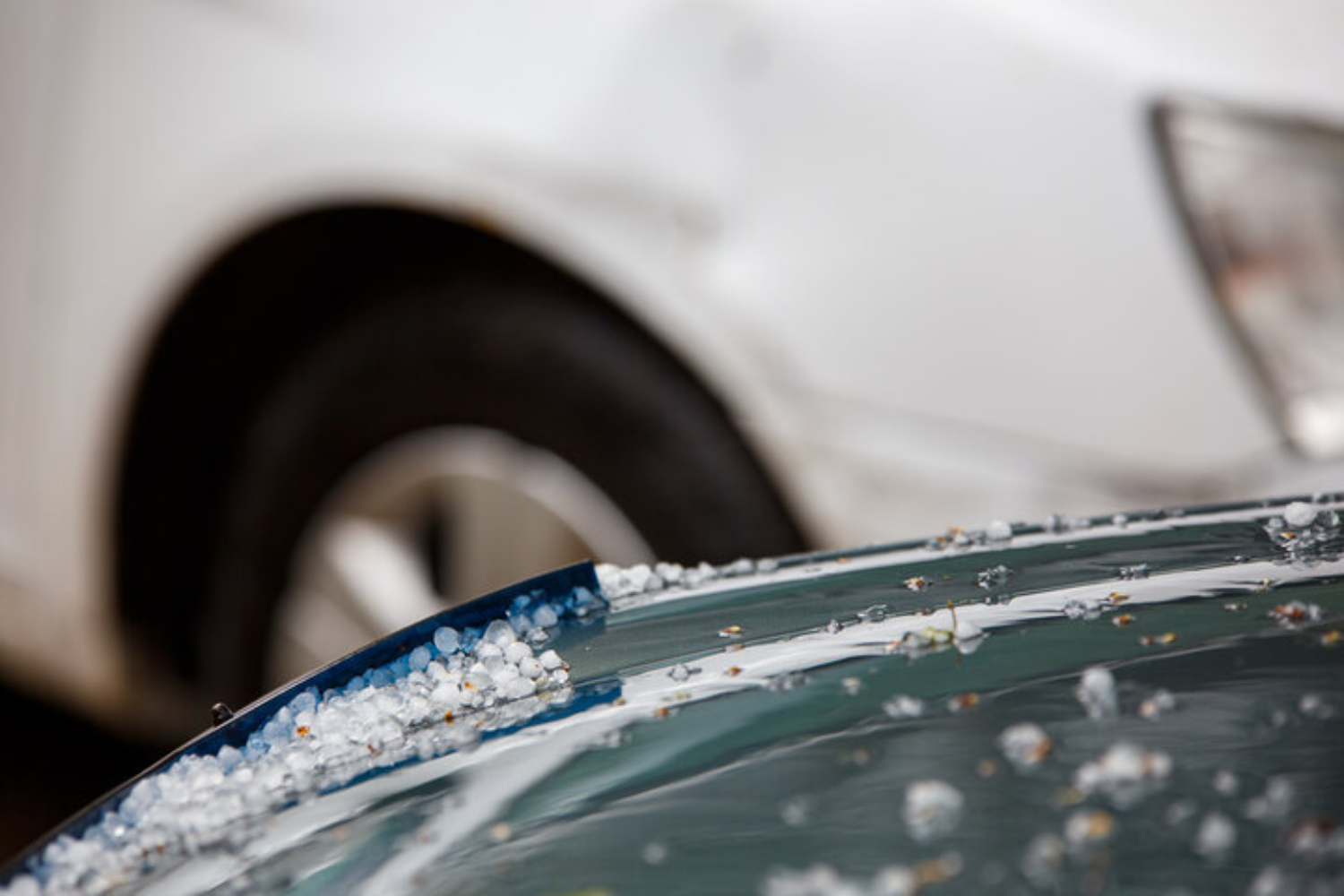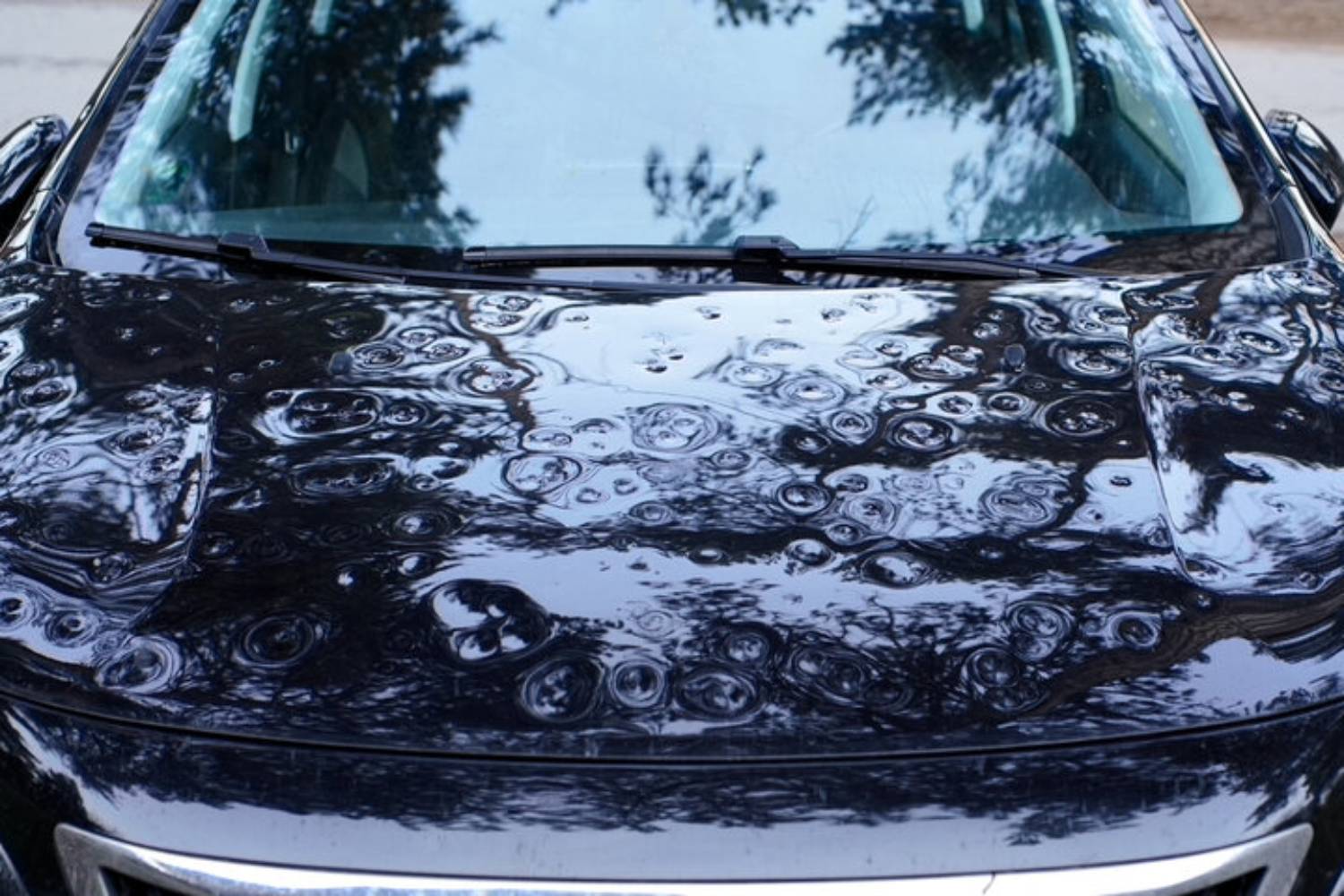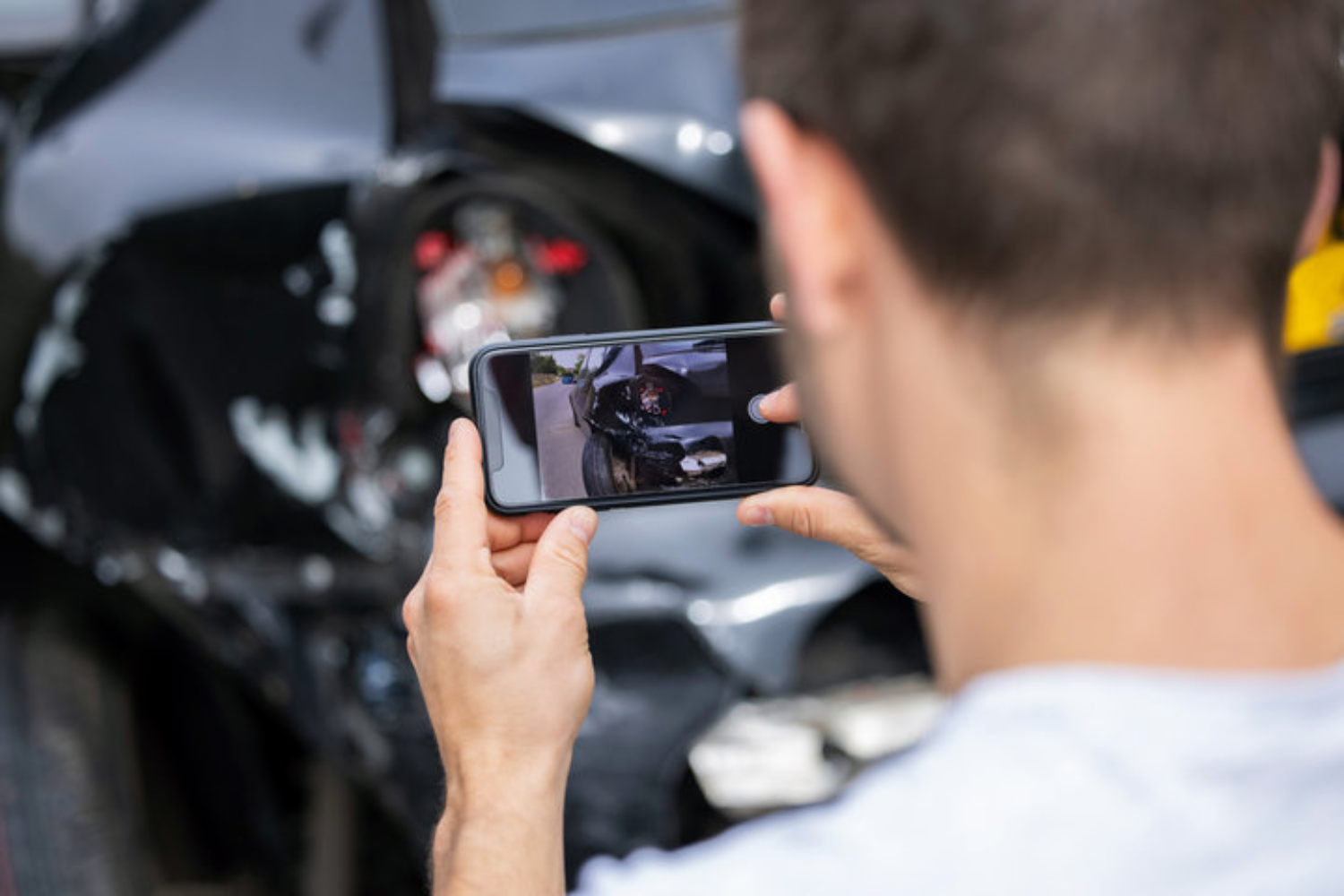How Hail Damage Can Impact Your Car’s Structural Integrity

Hailstorms can cause more than just cosmetic damage to your vehicle. While dents and chipped paint are the most visible effects, hail damage can also affect a car’s structural integrity, which plays a crucial role in safety and long-term performance. Understanding the hidden impacts of hail damage is essential for vehicle owners, whether you plan to repair the vehicle, sell it, or maintain insurance coverage.
How Hail Impacts Your Vehicle Beyond the Surface
Hailstones can strike a car with significant force, potentially causing dents, cracked glass, and damage to panels. Even minor dents in key areas can weaken the structural components of your vehicle, such as the frame or roof. Over time, this can reduce the car’s ability to withstand impacts in the future.
Additionally, hail damage can expose underlying metal to the elements, increasing the risk of corrosion and rust, which further compromises structural strength. Areas around the hood, roof, and fenders are particularly vulnerable.
Signs Hail Damage May Affect Structural Integrity
Certain types of damage indicate that your car’s structural integrity may be compromised:
Deep Dents or Crumpled Panels
Severe dents or crumpling of sheet metal can weaken the vehicle’s frame, affecting overall safety during collisions.
Compromised Roof or Door Frames
If hail dents are concentrated on the roof or around doors, the structural support in these areas may be diminished, reducing the effectiveness of crumple zones.
Damaged Glass and Windows
Cracked or shattered windows can impact the car’s rigidity and the ability of airbags and other safety systems to function properly.
Why Structural Integrity Matters After Hail Damage
Maintaining structural integrity is essential for safety, performance, and resale value. A weakened frame or compromised panels can:
- Increase the risk of injury in future accidents.
- Reduce the vehicle’s ability to properly absorb impacts.
- Lead to higher insurance premiums or lower resale value.
Hail Damage Repairs to Restore Structural Integrity
Professional hail damage repair goes beyond cosmetic fixes. Certified collision repair shops use advanced techniques to ensure your vehicle’s structural components are restored to factory specifications.
- Frame Straightening: Corrects bending or deformation in the car’s frame.
- Panel Replacement: Restores damaged or weakened body panels.
- Glass and Window Repair: Ensures windshield, side, and rear glass are properly replaced to maintain rigidity.
Prompt repairs help prevent further corrosion, rust, and long-term damage, protecting both your vehicle’s performance and value.
Tips to Protect Your Vehicle During Hail Season
- Park in Covered Areas: Whenever possible, use garages or carports.
- Invest in Car Covers: Specialty hail-resistant covers can absorb some of the impact.
- Inspect for Damage Promptly: Early detection of hail damage allows for faster repairs.
- Use Certified Repair Services: Ensure repairs address both cosmetic and structural issues.
Recover Your Vehicle’s Structural Integrity with Hail Damage Repair Services
Hail damage can extend far beyond surface dents, potentially affecting your vehicle’s structural integrity and long-term safety. Timely inspection and professional hail damage repair services in San Antonio, TX are essential to restore strength, prevent corrosion, and protect resale value.
If your car has been impacted by a hailstorm, contact Northside Collision today to set up an evaluation. Our team ensures your vehicle is restored to its original safety and performance standards.


